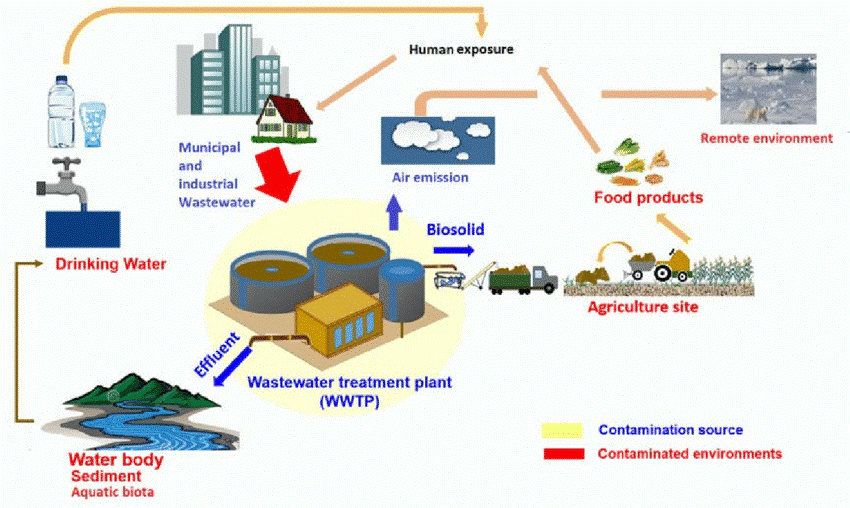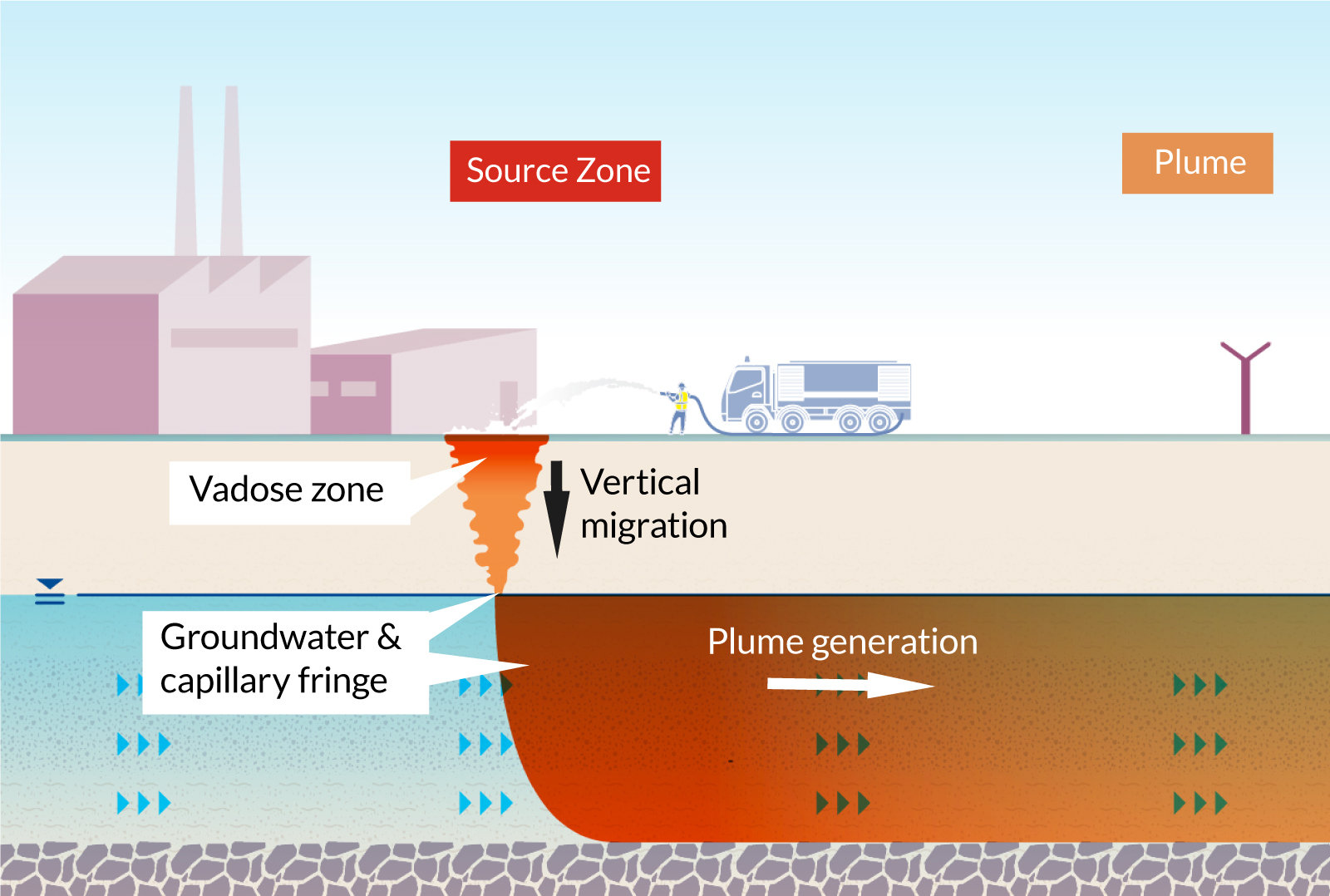Comprehensive PFAS Management Strategies for Contaminated Sites
Comprehensive PFAS Management Strategies for Contaminated Sites
Blog Article
Advanced Techniques for Effective PFAS Contamination Removal
The relentless difficulty of PFAS contamination necessitates the expedition of sophisticated removal methods that can efficiently address these hazardous compounds. Innovative technologies, such as innovative oxidation procedures and numerous adsorption strategies, have actually arised as promising options in mitigating PFAS from affected environments.
Understanding PFAS Properties
Although per- and polyfluoroalkyl substances (PFAS) have actually been extensively used in different industrial and customer products as a result of their one-of-a-kind residential or commercial properties, their persistence in the environment postures significant challenges to public wellness and safety and security. PFAS are a group of artificial chemicals defined by a carbon-fluorine bond, one of the greatest chemical bonds recognized, which adds to their phenomenal security and resistance to destruction. This stability enables PFAS to gather in the environment and living microorganisms, resulting in potential unfavorable wellness effects.
The hydrophobic and oleophobic nature of PFAS makes them specifically effective in applications such as non-stick coatings, stain-resistant textiles, and firefighting foams. Nonetheless, these exact same residential properties add to their ecological perseverance, as PFAS do not conveniently damage down through all-natural processes. Their widespread usage has actually led to common contamination of water sources and soils, making complex removal initiatives. Comprehending the chemical residential or commercial properties of PFAS is vital for establishing efficient techniques to take care of and alleviate their ecological effect. The distinct attributes of these compounds require a nuanced method to resolve the obstacles positioned by their visibility in ecological communities and prospective human direct exposure.
Cutting-edge Remediation Technologies
The perseverance of PFAS in the atmosphere has actually spurred the development of ingenious remediation technologies aimed at successfully removing these pollutants from affected environments. Amongst one of the most promising techniques are innovative oxidation procedures (AOPs), which use effective oxidants to break down PFAS substances right into less dangerous materials. AOPs can be customized to target certain PFAS frameworks, enhancing their efficacy.
An additional arising technology is using adsorption media, such as turned on carbon and ion exchange resins, which can selectively capture PFAS from polluted water. These products have actually revealed significant removal effectiveness, although routine replacement and regeneration are needed to maintain efficiency.
Membrane layer filtering strategies, including reverse osmosis and nanofiltration, are additionally acquiring traction in PFAS removal. These techniques can effectively separate PFAS from water, providing a sensible remedy for dealing with contaminated resources. Additionally, thermal therapy methods, such as incineration, can break down PFAS into safe byproducts, though they require cautious monitoring to regulate exhausts.
Jointly, these ingenious removal modern technologies stand for significant innovations in the ongoing fight against PFAS contamination, supplying numerous approaches to bring back afflicted settings and shield public health.

Bioremediation Strategies
Bioremediation strategies supply an appealing approach to addressing PFAS contamination by utilizing the all-natural abilities of bacteria to degrade these relentless compounds (m270 waste management). This approach entails the usage of germs, fungis, and other microbes that can metabolize or my review here change PFAS substances right into less unsafe results
Current innovations in molecular biology and environmental microbiology have actually enhanced our understanding of microbial areas and their possible roles in PFAS deterioration. Scientists are actively exploring certain strains of germs, such as Pseudomonas and Bacillus, which have demonstrated the capacity to break down specific PFAS substances.
In situ bioremediation strategies, where microbes are stimulated straight in contaminated settings, can be particularly effective. This strategy frequently entails the application of nutrients or electron contributors to advertise microbial development and task. In addition, ex lover situ methods, such as bioreactors, enable controlled problems that can enhance deterioration prices.
Despite the guarantee of bioremediation, obstacles continue to be, consisting of the complex nature of PFAS compounds and the requirement for substantial field screening - m270 waste management. Continued research study and development will certainly be essential to improve these strategies and assess their performance in varied ecological contexts
Adsorption and Filtering Approaches
Dealing with PFAS contamination typically includes utilizing adsorption and filtration techniques, which are designed to eliminate these consistent chemicals from water and soil. Amongst the various techniques, triggered carbon adsorption is commonly made use of because of its high area and porosity, enabling efficient capturing of PFAS molecules. Granular triggered carbon (GAC) systems are particularly favored for treating large volumes of polluted water, while powdered activated carbon (POLITICAL ACTION COMMITTEE) can be made use of for smaller-scale applications.
Ion exchange materials likewise reveal pledge in PFAS elimination, working by exchanging PFAS ions with less damaging ions in the water. This approach has actually shown performance in focusing PFAS compounds, facilitating their succeeding removal. Additionally, membrane check my source layer filtering techniques, such as about his reverse osmosis and nanofiltration, run by utilizing semi-permeable membranes to separate PFAS from water, effectively minimizing their concentrations.
While these techniques work, they must be thoroughly chosen based on the particular PFAS substances existing and the environmental context. Continuous advancements in products scientific research and design are leading to the advancement of unique adsorbents and filtration systems that boost elimination performances and decrease operational costs, consequently improving overall removal initiatives.
Regulatory and Policy Factors To Consider
Just how can effective regulatory frameworks boost the monitoring of PFAS contamination? Thorough policies are important to guarantee a collaborated and robust action to the obstacles presented by per- and polyfluoroalkyl materials (PFAS) Regulations can develop clear standards for monitoring, reporting, and remediating PFAS-contaminated websites, promoting accountability among markets and public entities. (m270 waste management)

On top of that, economic incentives and gives can be integrated right into policies to urge the fostering of innovative removal innovations. Policymakers ought to also prioritize r & d, making sure that arising techniques for PFAS elimination are confirmed and carried out successfully.
In addition, public understanding and interaction are critical components of any regulative method, equipping communities to support for their health and security. Ultimately, a well-structured regulative atmosphere will not only enhance the management of PFAS contamination but likewise advertise lasting practices that protect future generations.
Conclusion
In summary, the complexity of PFAS contamination requires the fostering of sophisticated removal techniques. Continued research and growth in this field remain essential to addressing the challenges posed by PFAS contamination.
Report this page